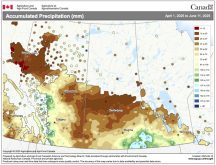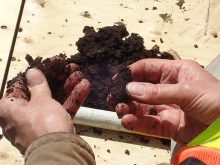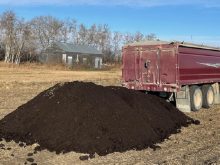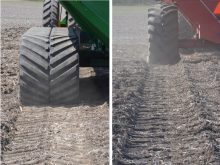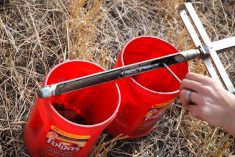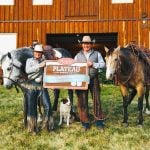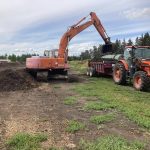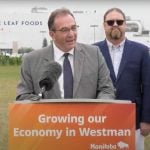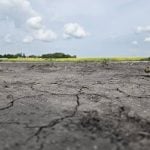Canadian farmland could sequester 72.7 million tonnes of carbon if more producers adopted beneficial practices like cover crops, applying compost and reducing tillage, says a new report from the Soil Conservation Council of Canada and the Compost Council of Canada.
The report, released April 5, says there are three possible scenarios for storing carbon in Canada’s agricultural soils: a low projection of 21.7 million tonnes of carbon per year; a middle scenario of 72.7 million tonnes; and an optimistic outcome with 97.4 million tonnes of sequestered carbon.
Read Also

Manitoba sees cabbage seed pod weevil surge
Cabbage seed pod weevil has crossed into true canola pest territory in Manitoba this year, following years of minimal population counts
“The low projection would be something like ‘business as usual’ in Canada,” said Jim Tokarchuk, Soil Conservation Council executive director, during a Zoom call to unveil the report.
“The medium (scenario) is about 50 percent adoption of soil health practices. … The high is … 85 percent of agricultural land under conservation practices.”
The soil and compost councils authored an 87-page report on the potential of Canadian agricultural lands to sequester more carbon. A scientific advisory board, comprised of soil experts from Canadian universities and private industry, helped guide the councils.
The Metcalf Foundation also provided funding for the report, titled Recruiting Soil to Tackle Climate Change.
The report is meaty (or peaty) and detailed, but the main piece of information is on page 29. It shows a graph with the low, medium and high projections and the current size of greenhouse gas emissions from Canadian farms – 73 million tonnes per year.
Tokarchuk and the scientists who worked on the document estimated the potential for carbon sequestration in two steps.
One, they looked at the rates of sequestration for beneficial practices like cover crops, replacing annual crops with perennials, rotational grazing, zero tillage and adding compost to the soil.
Then they studied Canada’s agricultural land base to evaluate adoption rates of those practices and where they make sense. For example, adoption of cover crops is relatively low so the carbon storing potential of more producers doing it is substantial.
But for something like zero tillage in Western Canada, the potential to store more carbon in the soil is smaller because a high percentage of farmers already follow the practice.
In the end, if most producers were willing to implement one, two or three new practices on their farms, the impact on carbon sequestration would be significant.
“If we enhance the adoption of best management practices on cultivated lands in Canada, we can make a whopping difference in the amount of carbon we take out of the atmosphere,” said Tokarchuk.
“That could, potentially, remove agriculture’s carbon footprint.”
The report provides a lengthy explanation of how carbon gets sequestered and summarizes the basic principles of how to get more carbon in soil:
- Keep live roots in the ground.
- Minimize soil disturbance.
- Optimize inputs.
- Promote diversity.
- Ensure soil remains covered.
Many farmers likely understand those principles but change is hard. Convincing producers to alter practices or try unfamiliar techniques will not be easy.
To address that complicated issue, the soil and compost councils have developed a roadmap to achieve the goal of putting more carbon in the soil and keeping it there.
“A roadmap is a strategic plan or process that sets a goal or desired outcome and identifies the major steps or milestones needed to reach it,” the report says. “In this case, this roadmap will help us define the actions and commitments stakeholders need to undertake to enhance carbon in Canada’s soil.”
One of the recommendations in the report is to create a non-government organization, perhaps a soil health roundtable, that would provide leadership and vision for the broader goal.
The authors also noted that soil health and storing carbon doesn’t belong to a certain type of agriculture. That is, conventional, organic or regenerative.
“With respect to building SOC (Soil Organic Carbon) … all approaches to agriculture can be modified to sequester more carbon through the adoption and integration of soil-health practices.”
For more information on the report and the recommendations, go to www.compost.org.






